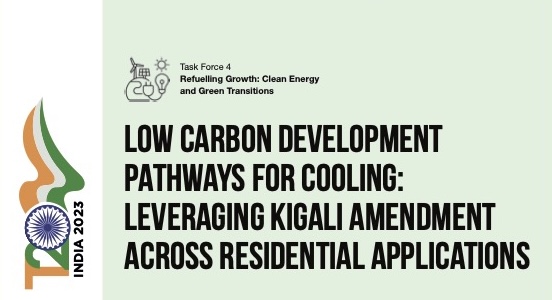The Extraordinary Experience of Building the Montreal Protocol, Lessons Learned, and Hopes for Future Climate Change Efforts
This special issue on Ozone Layer Protection and Climate Change reflects the leadership of the Association of Environmental Studies and Sciences (AESS) in drawing interdisciplinary attention to important environmental issues. The authors are scientists, diplomats, regulatory authorities, environmental activists, and scholars who are intimately involved in actions that protect the stratospheric ozone layer and climate. This issue provides new information and insightful analytic summaries of critical issues in the protection of the atmospheric environment and is also an urgent appeal to professors and students to place atmospheric protection prominently in thinking, research, teaching, and professional activities related to “sustainable development.” The authors describe and document the bold steps taken by individual and institutional leaders involved in the Montreal Protocol to thwart catastrophic ozone layer destruction, which incidentally, albeit on a sound scientific basis, addressed climate change. Because of strong leadership, effective networking, and concepts such the “precautionary principle” and “start and strengthen,” the Montreal Protocol is considered to be the most successful global environmental treaty. For example, thanks to innovative approaches adopted by both industry and government, the Montreal Protocol has already replaced about 85 % of ozone-depleting greenhouse gases with low global warming potential alternatives and increased product energy efficiency. But hardwork is needed to overcome the important challenges that remain, such as the phasedown of the 15 % of alternatives that are high global warming potential hydrofluorocarbons. Scientists, government officials, scholars, and business people must push for higher standards to achieve the combined goals of reducing both ozone-depleting substances and greenhouse gases.







